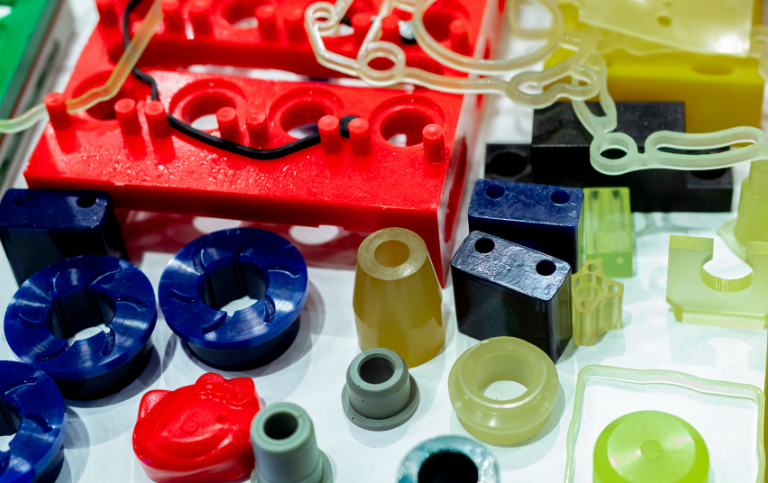
-
By Chemical Solutions
-
February 7, 2024
- 0 Comment
10 Mind-Blowing Plastics and Rubber Additives You Need to Know About
Introduction
In the world of plastics and rubber products, additives play a crucial role in enhancing performance, durability, and functionality. From improving strength to enhancing flexibility, these additives are the unsung heroes that make everyday products better. Let’s explore 10 mind-blowing plastics and rubber additives that you need to know about.Plastic and Rubber Additives
1. Antioxidants
- Antioxidants are additives that prevent oxidation, which can lead to degradation and failure of plastics and rubbers.
- They help in preserving the properties of the materials, extending their lifespan.
- Example: BHT (butylated hydroxytoluene) is a commonly used antioxidant in plastics.
2. Plasticizers
- Plasticizers are additives that improve the flexibility and durability of plastics.
- They help in making materials easier to process and enhance their resistance to wear and tear.
- Example: Phthalates are a type of plasticizer used in PVC products.
3. UV Stabilizers
- UV stabilizers are additives that protect plastics and rubbers from the damaging effects of UV radiation.
- They prevent degradation, discoloration, and loss of mechanical properties caused by exposure to sunlight.
- Example: Hindered amine light stabilizers (HALS) are popular UV stabilizers.
4. Flame Retardants
- Flame retardants are additives that reduce the flammability of plastics and rubbers.
- They help in preventing or slowing down the spread of fire, enhancing safety.
- Example: Phosphorus-based flame retardants are environmentally friendly options.
5. Impact Modifiers
- Impact modifiers are additives that improve the toughness and impact resistance of plastics.
- They help in preventing cracks and fractures, making materials more durable.
- Example: Acrylonitrile butadiene styrene (ABS) is a common impact modifier.
6. Colorants
- Colorants are additives that provide plastics and rubbers with vibrant colors for aesthetic purposes.
- They help in enhancing the visual appeal of products and brand recognition.
- Example: Pigments and dyes are the most common types of colorants used.
7. Fillers
- Fillers are additives that improve the strength, stiffness, and dimensional stability of plastics and rubbers.
- They help in reducing costs and enhancing specific properties.
- Example: Calcium carbonate is a widely used filler in various applications.
8. Lubricants
- Lubricants are additives that reduce friction and improve the processability of plastics.
- They help in enhancing mold release, surface finish, and overall performance.
- Example: Stearates are a type of lubricant used in plastic processing.
9. Antistatic Agents
- Antistatic agents are additives that reduce the build-up of static electricity on plastics and rubbers.
- They help in preventing dust accumulation and improving handling properties.
- Example: Quaternary ammonium compounds are commonly used antistatic agents.
10. Crosslinking Agents
- Crosslinking agents are additives that improve the heat resistance and mechanical properties of plastics and rubbers.
- They help in enhancing the overall performance and lifespan of materials.
- Example: Peroxide-based crosslinking agents are used in thermoset plastics.

